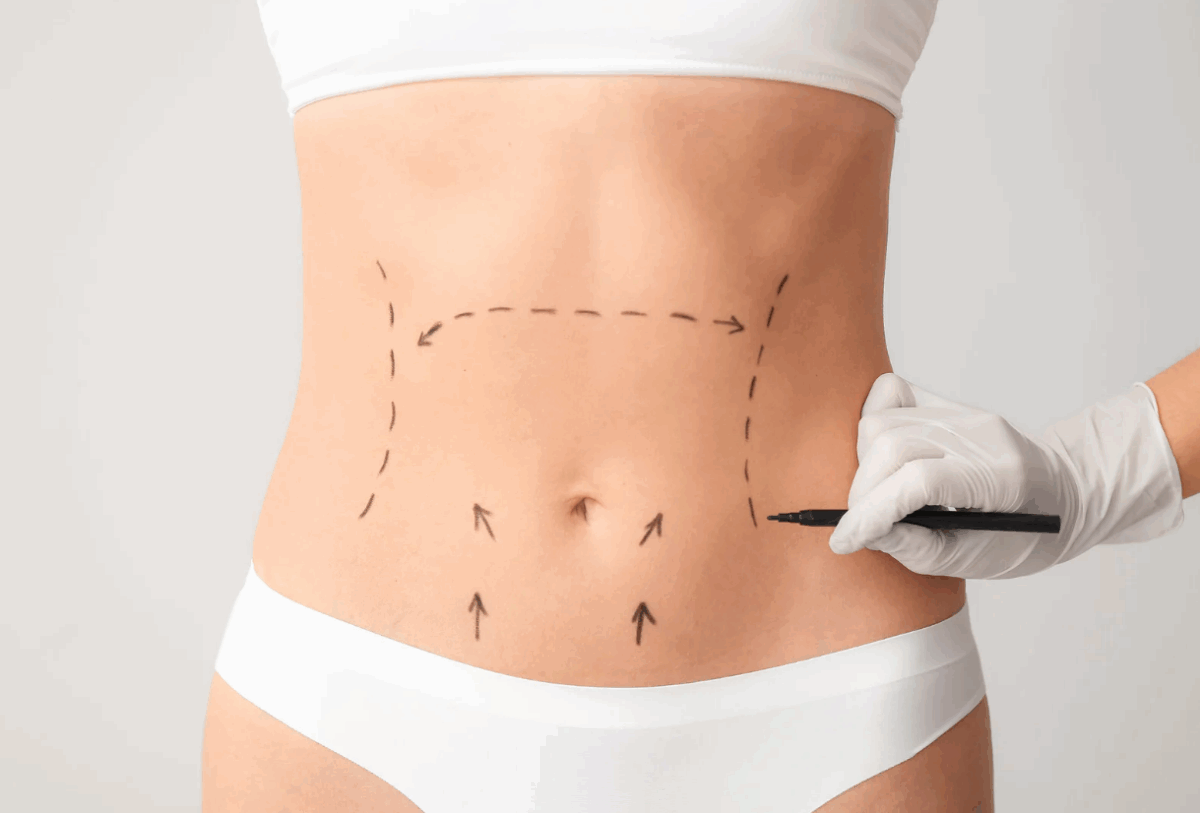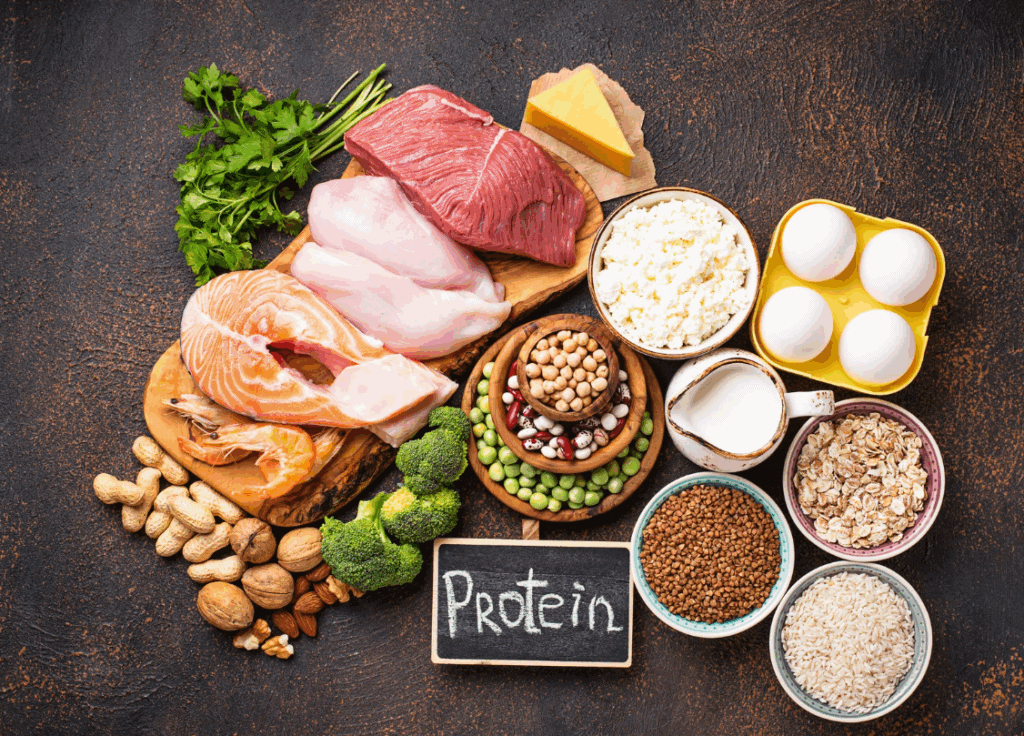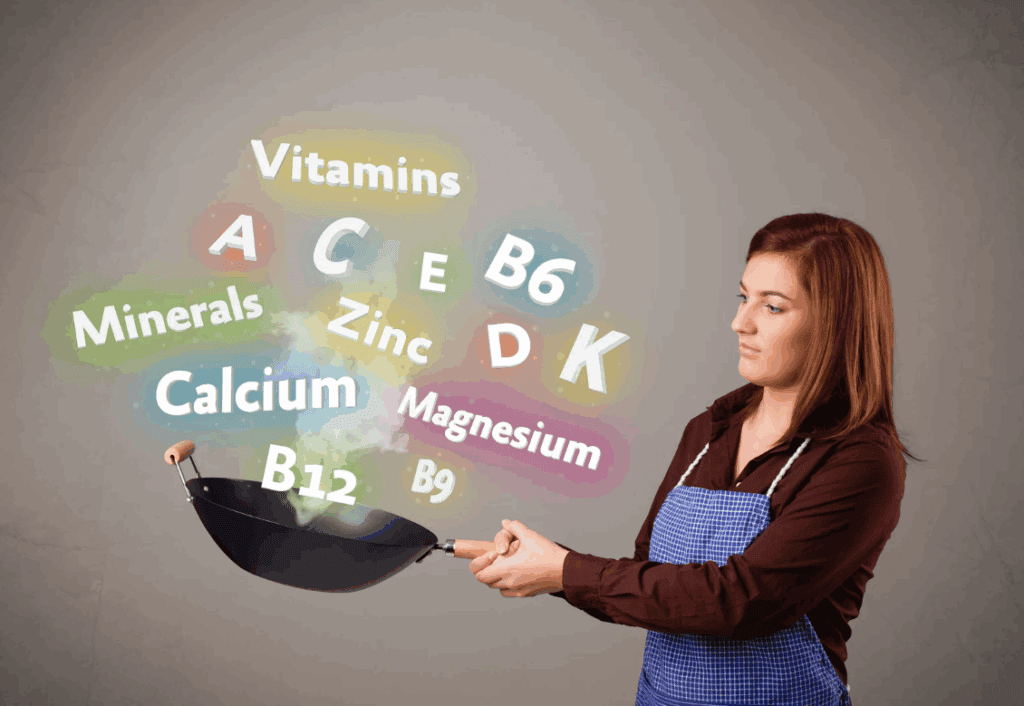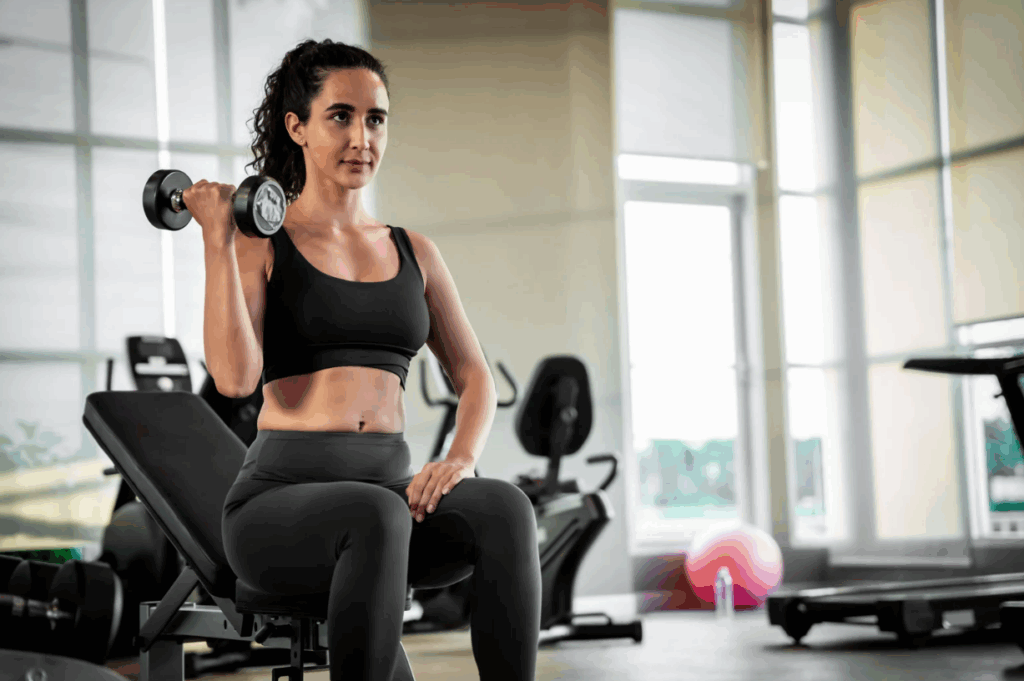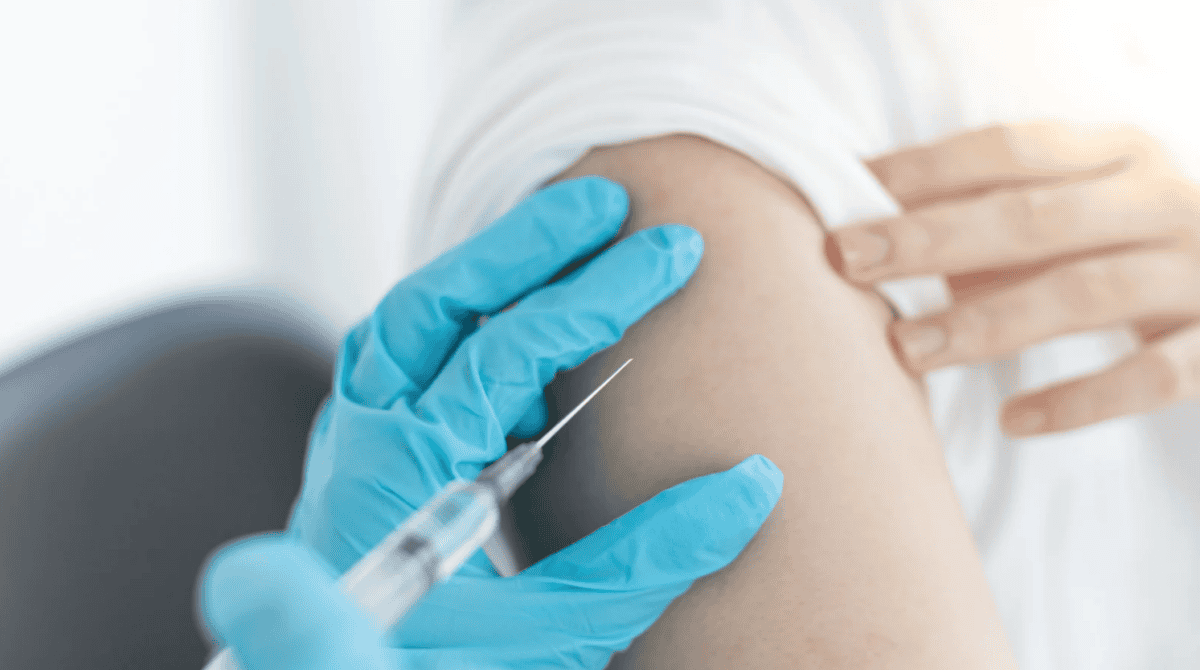Healthcare is changing fast, and nurses are stepping into more active roles. Once viewed mainly as support staff, they now lead clinical interventions, manage care plans, monitor patient progress, and play a central role in care coordination.
Across hospitals, clinics, schools, and public health programs, nurses coordinate treatment, respond to emergencies, monitor complex conditions, and educate families. They also take on administrative and advocacy roles, helping improve protocols, reduce errors, and ensure that care is both efficient and compassionate.

Rising to Meet Complex Healthcare Demands
Modern healthcare is under increasing strain. With an aging population, rising rates of chronic illness, rapid medical innovation, and persistent staffing shortages, the system is more demanding than ever. Nurses are often the ones holding it together, managing care, coordinating teams, and navigating the growing complexity of patient needs.
Frontline nurses regularly handle cases where multiple health issues intersect. A single patient may require medication for heart disease, wound care from recent surgery, and infection control precautions—all within the same shift. In these high-pressure situations, nurses must juggle competing priorities while staying alert to subtle changes that can signal serious complications.
What sets today’s nurses apart is not only their clinical expertise but also their ability to lead under pressure, communicate clearly, and offer emotional support.
It takes a rare blend of critical thinking, technical knowledge, and empathy to make the right call in real time—and still maintain a calm, reassuring presence for patients and families.
This growing complexity has also shaped how new nurses are being trained. For those seeking a faster yet intensive entry into the field, 12-month accelerated nursing programs offer a practical route.
These programs are tailored for career changers or those with a prior bachelor’s degree in another field, providing a focused path into nursing while still covering the depth required for today’s care challenges.
The Essential Role Nurses Play in Patient Care
No medical professional spends more time with patients than nurses. Their continuous presence at the bedside allows them to assess a patient’s evolving condition, track pain levels, administer medications, and provide emotional reassurance during tough moments.
This close contact means nurses often become the eyes and ears of the healthcare team. They notice things others might miss—unspoken discomfort, subtle behavioral shifts, or early signs of infection. Their input can guide treatment decisions and improve patient outcomes dramatically.
Beyond physical care, nurses are educators and translators. They help patients understand their medications, walk them through post-operative routines, and explain care plans in accessible terms. For many families, the nurse becomes a trusted advocate during what may be a stressful or confusing time.
Specialized Nurses Are Pushing the Profession Forward
While every nurse plays a key role in general care, many take on advanced or specialized responsibilities that require focused training and certification.
Here are just a few examples:
1. Critical Care Nurses (ICU/ER)
These professionals are trained to respond rapidly in life-threatening scenarios—stabilizing trauma victims, monitoring ventilators, administering IV drugs, and coordinating care during medical emergencies.
2. Surgical Nurses
Operating room nurses assist during complex procedures, ensure sterile environments, manage surgical tools, and monitor patients during recovery.
3. Pediatric and Neonatal Nurses
Working with children and infants requires not only clinical skill but also patience, emotional sensitivity, and specialized knowledge of developmental care.
4. Oncology Nurses
These nurses walk patients through treatment journeys that may last months or years, balancing emotional support with technical expertise in chemotherapy and symptom management.
5. Flight and Disaster Nurses
Whether evacuating critical patients by air or responding to natural disasters, these nurses are trained to operate in chaotic, high-risk situations with minimal resources.
These roles demand additional certifications, continuing education, and often years of hands-on experience. But they also place nurses at the cutting edge of modern care, where their decisions can mean the difference between life and death.

Nurses as Peer Mentors and Team Supporters
The high-intensity nature of healthcare often leads to emotional fatigue, especially for professionals who deal with death, trauma, or high-stakes procedures daily. In such environments, nurses have developed strong peer support cultures—checking in on each other, providing emotional space after difficult cases, or mentoring younger staff members.
Many experienced nurses now act as preceptors, helping new graduates transition into full-time clinical roles. Others serve on hospital committees that improve communication and workflow between departments.
Driving System-Wide Improvements and Advocacy
Nurses are uniquely positioned to identify inefficiencies and propose improvements, because they’re in the thick of patient care. Increasingly, they’re bringing their firsthand insight into boardrooms, policy committees, and advocacy campaigns.
Some of the areas where nurses are leading change include:
- Promoting safer staffing ratios to prevent overwork and patient neglect
- Improving discharge processes to reduce readmissions
- Streamlining digital recordkeeping for accuracy and speed
- Advocating for funding in underserved areas or rural clinics
- Revising infection control protocols to protect both patients and staff
In some regions, nurse-led initiatives have even influenced state legislation, hospital accreditation standards, and insurance practices. Their ability to speak from both a clinical and personal perspective gives them credibility that’s hard to ignore.
The Ongoing Need for Lifelong Learning
In a field where medical advancements happen rapidly, nurses must remain lifelong learners. Continuing education requirements ensure that their skills and knowledge stay sharp long after they graduate.
Many nurses pursue post-licensure certifications in areas such as:
- Advanced Cardiac Life Support (ACLS)
- Pediatric Advanced Life Support (PALS)
- Wound care and ostomy management
- Dialysis and nephrology nursing
- Geriatric nursing
Simulation training is also becoming more popular. These high-tech labs allow nurses to practice high-risk procedures or emergency scenarios in a safe, controlled environment before performing them in real life.
Technology Is Reshaping How Nurses Work
Modern nurses must be comfortable with an expanding array of digital tools. From wearable monitors and portable imaging devices to robotic medication dispensers and AI-assisted diagnostics, technology is becoming more integrated into daily care routines.
Nurses are often responsible for managing these systems, training others to use them, and ensuring that patients are comfortable with new forms of treatment or monitoring. Those who develop expertise in healthcare technology may even serve as liaisons between the clinical staff and IT departments.
As virtual care expands, nurses are also adapting to telehealth roles, offering consultations and education via video calls, especially in remote or underserved communities.
Nursing has always been about care, compassion, and commitment. But today’s nurses are redefining what that means in powerful new ways. They are not only caregivers, but also innovators, educators, mentors, advocates, and strategic leaders within healthcare systems.
Whether stabilizing a trauma victim in an ICU, educating a family about home care, mentoring a new colleague, or helping redesign hospital workflows, nurses are at the forefront of healthcare delivery.
Their contributions extend far beyond what’s visible to patients. By investing in their training, supporting their well-being, and listening to their insights, we strengthen not only the nursing workforce but the entire healthcare system.






